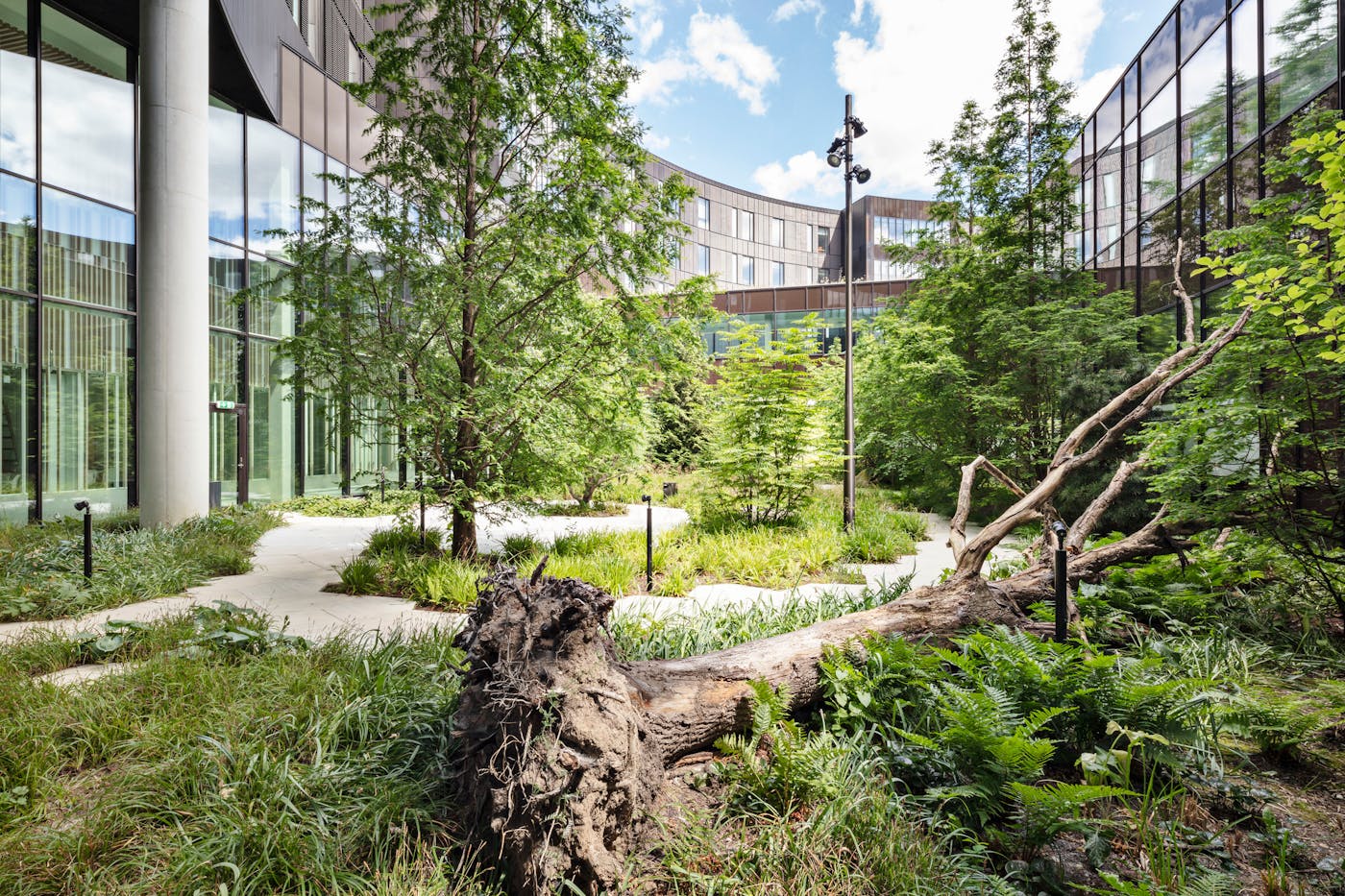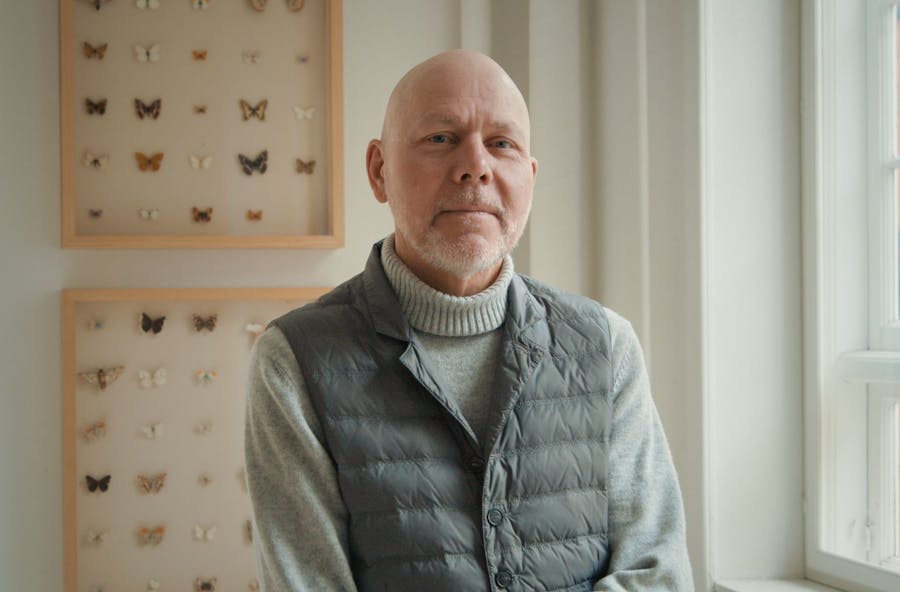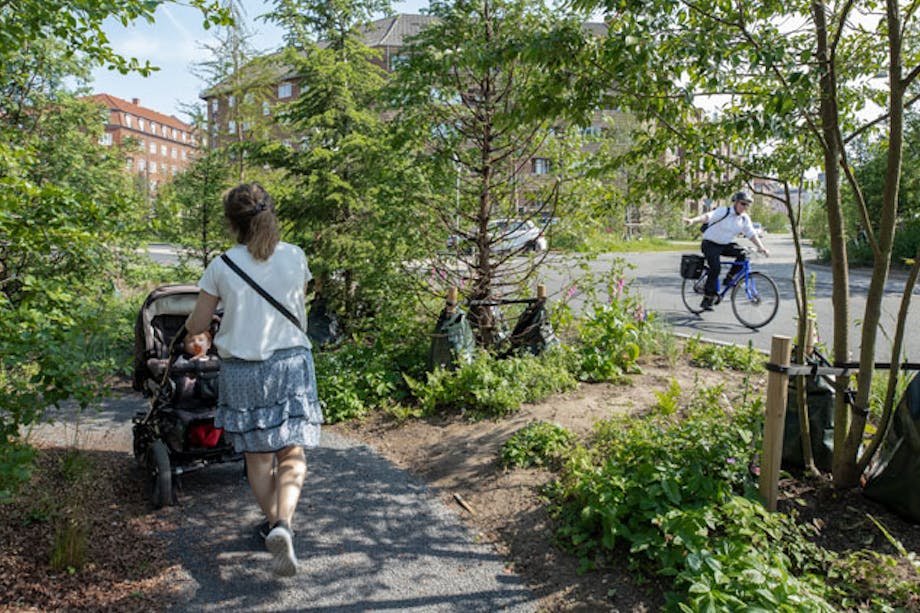
We are a nature-based design studio.
We design places for life.
All life.
We help people, cities, and nature
We design cities, public space, and nature on all scales: From city-wide masterplans to neighborhood pocket parks. From national biodiversity strategies to local citizens’ engagement processes. Our work helps people, cities, businesses, governments – and nature itself.
Our design approach
We believe in a distinctly interdisciplinary approach to making livable and resilient places. We combine deep anthropological knowledge and rigorous biological research with award-winning design expertise and high artistic ambitions.
As our client, we bring you along on our journey and invite you to join our mission, challenge our thinking, and expand our horizons. Together we learn, together we grow, and together we create the best possible projects.
Explore our design approach
Our vision, mission & values
Our vision is to change the world through nature-based design solutions and enhance the quality of life in communities and the public realm.
Our mission is to deliver world-class and pioneering nature-based design solutions to the benefit of our clients, our end-users, and nature itself.
We are a learning and sharing organization, working in interdisciplinary teams to provide all-inclusive solutions to the world’s most pressing problems.
Explore our vision & values


We help solve today's biggest challenges
Our projects are never isolated masterpieces. Instead, they form a continuous ambition to solve some of the biggest challenges facing our Earth today: From climate crisis and biological mass extinction to social inequality and the growing gap between humans and nature.
Explore our solutions to seven global challenges




We are a sharing and learning organization
Sharing knowledge and innovation is central to us. Only in co-creation with clients, stakeholders, and citizens can we design the best possible places for life.
We initiate and engage in research projects from internal white papers to external collaborations with universities, NGOs, businesses, and intergovernmental agencies. We apply the latest research in all our projects to create state-of-the-art design solutions.
Explore our research and development

Nature is our origin. The city is our forgetting
What if the city isn’t broken because of noise or pollution – but because it has lost its meaning? And what if the true green transition doesn’t start with energy systems but with our senses?
In his new op-ed in Byrummonitor, SLA’s founder Stig L. Andersson argues that the current crisis of civilization – from climate breakdown to mental health — is rooted in how we’ve designed our cities to disconnect us from nature.

Cities are bad for us. Let's fix them
Cities can be inspiring places that bring out the best in us. But they’re often concrete jungles that make us ill and are still designed around the automobile. What if they were places in which you could thrive rather than simply survive? Another model is possible, writes Rasmus Astrup in the December 2024 issue of Monocle.
Fundamentals
Come explore the fundamentals of our office together with us.



fund. 12
Mist
Read more

fund. 25
Roots
Read more



fund. 19
Essay: The Bark Room
Read more
fund. 20
Sakuteiki
– The Book of Garden
Read more


fund. 26
Atmosphere
Read more





fund. 27
White
Read more





fund. 26
Sound
Read more























